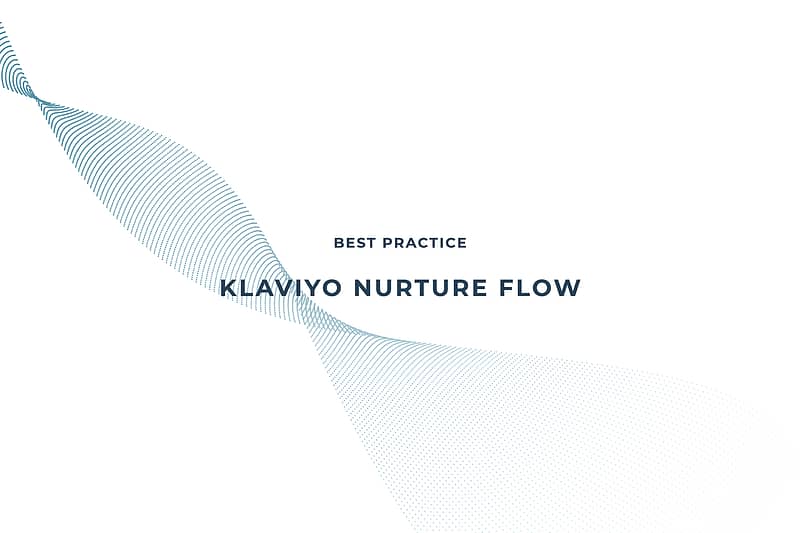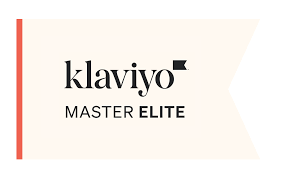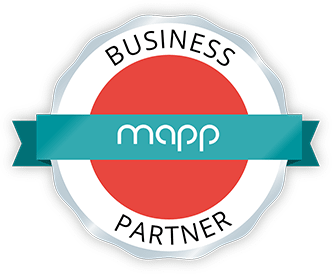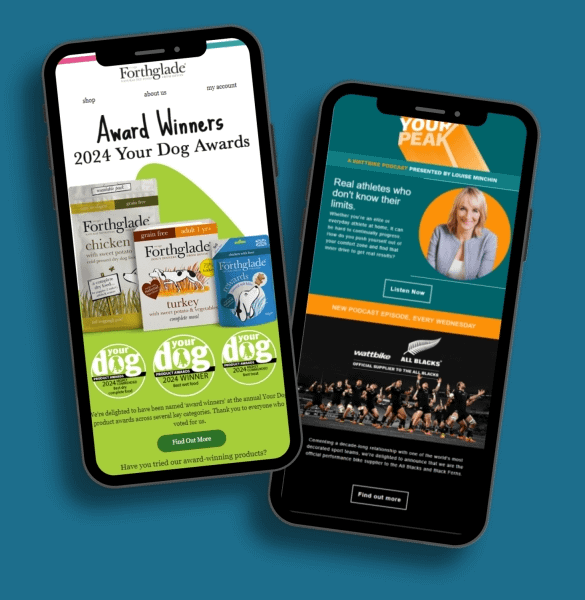Klaviyo Nurture Flow
They are essential for keeping customers who visit your site but are not immediately ready to purchase from your brand. The campaigns will be an effective asset in capturing attention and keeping front of mind. Email marketing allows a brand to keep front of mind while building trust and showcasing USPs
.
Klaviyo Nurture Flow questions
- Need to look at the average amount of time between purchases, what is the typical buying cycle?
- Who do we want to target? People who haven’t made a purchase in the last X months? People who have bought once but have not made a second purchase? – PAASE would recommend setting triggers at “Purchased 7/8 months ago and has not made a purchase since” in order to spread our nurture flow over the course of a month, to remind their next purchase at the average time… see underlined below.
Numbers to consider when triggers are set in place for Nurture Flow
- Average number of days between orders as a whole (database):
- Average number of days between orders for people who have engaged (opened OR clicked) email in the last 45 days:
- Average historic number of orders for people who have engaged (opened OR clicked) email in the last 45 days:
Klaviyo best practices
- Let customers know you noticed they left – “It’s been a while”
- Make it personal – “Why not take another look at our *example* collection?” (Personalised per email for recipients’ history)
- Tell customers about the latest updates – (e.g., new products)
- Include an incentive or discount – Maybe a higher incentive of 15-20%, to be included in the 3rd and 4th emails only if someone has still not purchased after receiving emails 1 and 2 within the flow.
- Create a sense of urgency – (e.g., put a time cap on the incentive you’re offering)
- Prompt anyone who’s uninterested to unsubscribe/change their preferences – In order to keep the database clean,
- Avoid overloading customers with too many emails – We suggest sticking to a maximum of 4 emails in the flow.
- Make each email as engaging as possible
- Craft an interesting subject line and preview text
- Make your content look visually interesting
Klaviyo recommends three emails within the flow
Email 1: The first email in this series should be a light touchpoint and the shortest of the sequence. Include a select few products, three to six of either your best-selling products or latest releases. In addition, it is a good idea to offer an incentive to your lapsed customers. In addition, you can choose to populate the products from a certain feed, or select specific ones from your catalogue.
Email 2: The second email should act as a reminder to your customers about the incentive from the first email as well as a sense of urgency (e.g., by setting an expiration date on the discount). In this email, add different products from your first email — if you previously included some of your best-selling products, then add some of your newest releases.
This email can also be longer than your first one, giving you the opportunity to provide more detail. Make yourself and the email as engaging as possible. To grab the reader’s attention, you can show an image of your employees to make the company seem more human and your message more personal. Another option is designing the email to portray your information in an easy-to-read and visually interesting way.
Email 3: For your third email, you want to have a final call to action for customers to either re-engage, change their email preferences, or unsubscribe. Remind your audience that this is the last chance to take your offer.





